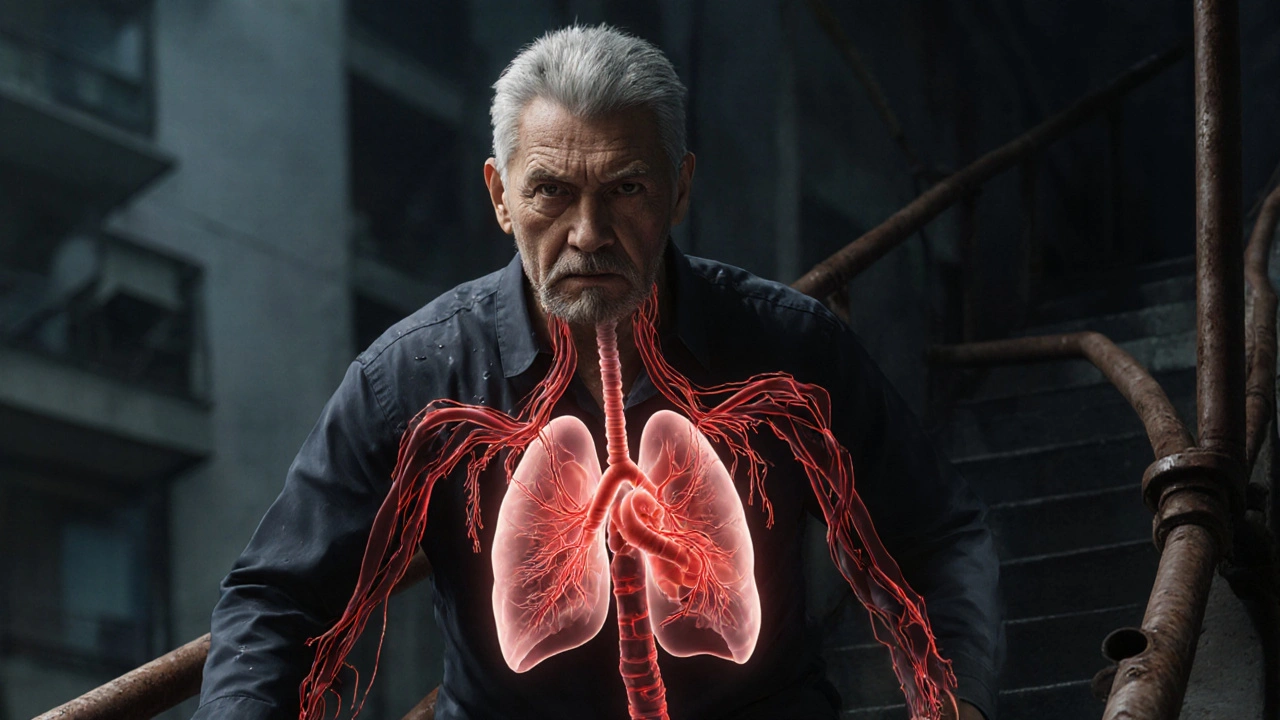Pulmonary Hypertension: Causes, Treatments, and What You Need to Know
When your lung arteries become narrow or stiff, your heart has to work harder to pump blood through them—that’s pulmonary hypertension, a condition where high blood pressure affects the arteries between your heart and lungs. Also known as PH, it doesn’t just cause shortness of breath—it can lead to right heart failure, when the right side of your heart weakens from overwork. Unlike regular high blood pressure, this one sneaks up slowly, often mistaken for asthma or aging.
Pulmonary hypertension isn’t one disease. It’s grouped into five types by the World Health Organization, with PAH, pulmonary arterial hypertension being the most serious and rare. It can come from genetics, connective tissue diseases like scleroderma, or even unknown causes. Then there’s PH linked to lung disease, chronic blood clots, or heart problems—each needing a different approach. The WHO functional class, a system that rates how much daily activity is limited by symptoms helps doctors track progression from mild fatigue to needing oxygen just to sit up.
Treatment isn’t one-size-fits-all. For PAH, doctors use vasodilators, medications that open up lung arteries like epoprostenol, riociguat, or endothelin receptor antagonists. These aren’t pills you pick off a shelf—they’re carefully managed, often requiring infusions or inhalers. For PH caused by blood clots, anticoagulants and surgery might help. But if it’s tied to sleep apnea or COPD, fixing the root problem often improves the pressure too. Many patients don’t realize that lifestyle changes—like avoiding high altitudes, staying active within limits, and skipping smoking—can make a bigger difference than they expect.
What you’ll find in these articles isn’t just textbook definitions. You’ll see real-world stories about managing symptoms, how new drugs are changing survival rates, and why some patients respond to treatments others can’t tolerate. There’s advice on spotting early signs, questions to ask your doctor, and how to avoid common mistakes that make things worse. This isn’t about scare tactics—it’s about giving you the facts so you can take control, whether you’re newly diagnosed or helping someone who is.
